A new type of passenger plane will adopt a design that blends wings into the aircraft’s body, which its creators say will cut fuel consumption by 50% and reduce noise.
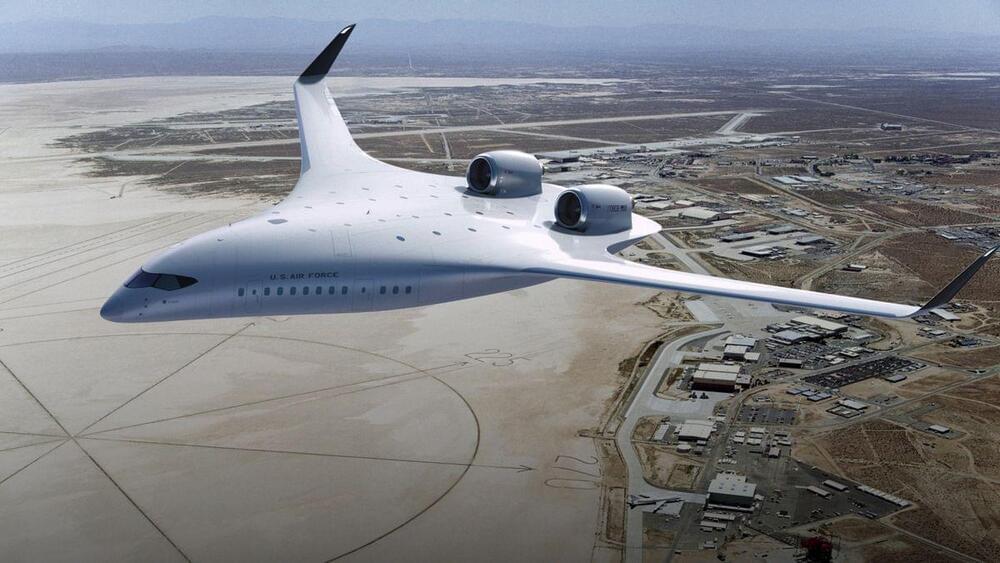


The National Weather Service issued a red flag warning (warm temperatures, strong winds and low humidity) for Southern California that spans from Tuesday to Wednesday in the Santa Barbara, Los Angeles and Ventura counties, and from Tuesday to Thursday in the San Bernadino, Orange, Riverside and San Diego counties.
Sporadic power outages have materialized in the San Fernando Valley, a highly populated area north of the Hollywood Hills, with the Los Angeles Department of Water and Power reporting a few thousand customers without power as of 5 p.m. PST.
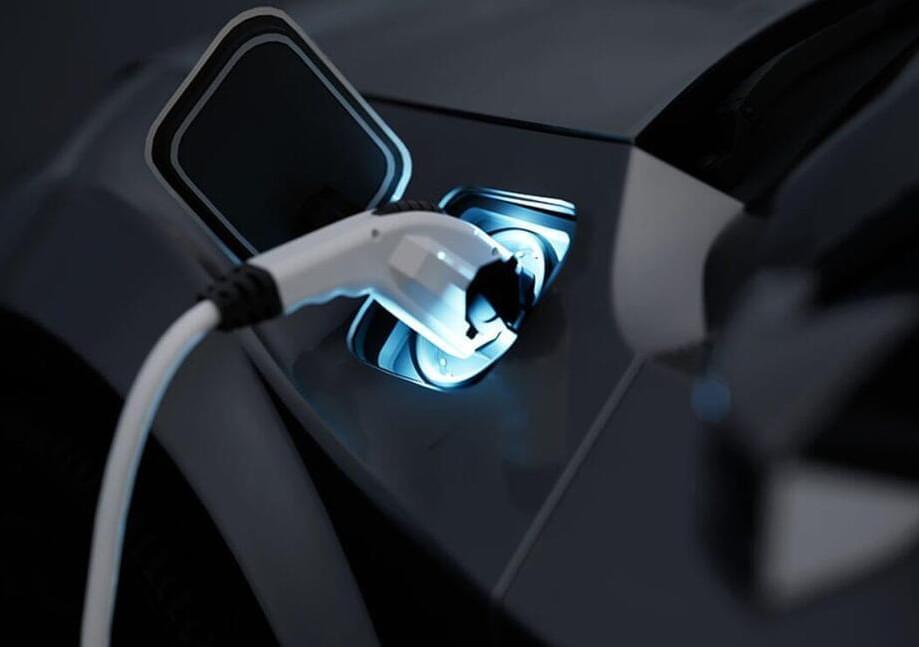
Case Western Reserve University researcher advances zinc-sulfur battery technology. Rechargeable lithium-ion batteries power everything from electric vehicles to wearable devices. But new research from Case Western Reserve University suggests that a more sustainable and cost-effective alternative may lie in zinc-based batteries.
In a study published recently in Angewandte Chemie, researchers announced a significant step toward creating high-performance, low-cost zinc-sulfur batteries.
“This research marks a major step forward in the development of safer and more sustainable energy storage solutions,” said Chase Cao, a principal investigator and assistant professor of mechanical and aerospace engineering at Case School of Engineering. “Aqueous zinc-sulfur batteries offer the potential to power a wide range of applications — from renewable energy systems to portable electronics — with reduced environmental impact and reliance on scarce materials.”
Migrating bats cleverly harness the warm winds of storm fronts to reduce energy use during their long seasonal journeys, as revealed by innovative tracking technology.
Scientists found these tiny nocturnal travelers exhibit unexpected flexibility and adaptability in their migration patterns. Yet, they face mounting challenges from anthropogenic threats and environmental changes, underscoring the urgency for conservation efforts.
Bats Surfing Storm Fronts
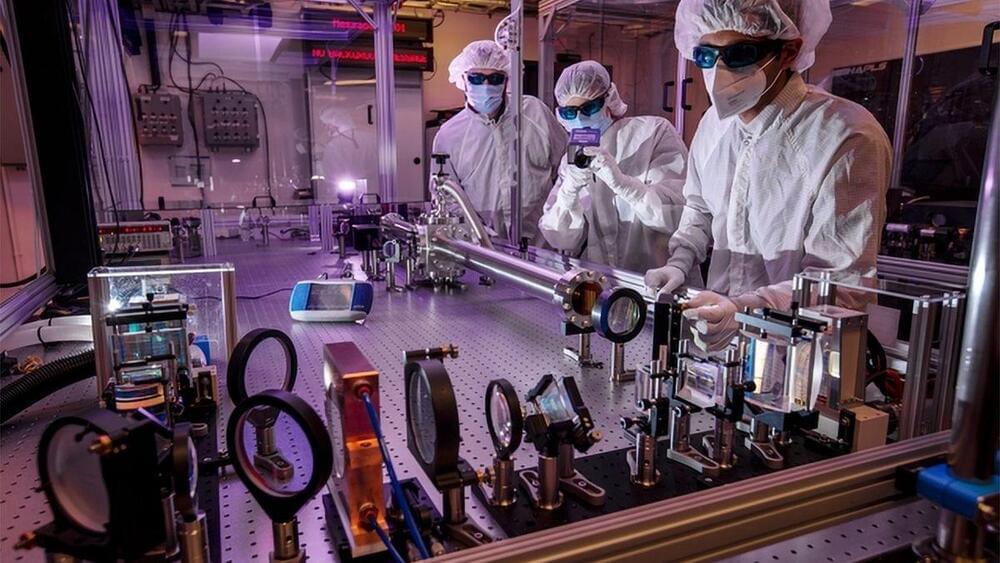
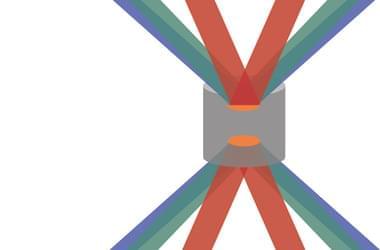
Shooting a laser pulse at a porous silver target generates more intense x rays than previous targets, which will help studies of matter in extreme conditions.
Physicists rely on intense bursts of high-energy x rays to observe the progress of fusion experiments and to probe the dynamics of matter under conditions of extreme temperature and pressure. Current techniques for generating such bursts involve firing a laser pulse at a material target but typically turn only a small fraction of the laser energy into usable x rays, thereby limiting the burst energy and intensity. Now researchers have demonstrated a doubling of the efficiency by using a target made of a low-density metallic foam [1]. They expect that the new targets will lead to much brighter x-ray bursts capable of illuminating extreme physical processes under conditions that were previously inaccessible to x-ray observations.
When a powerful laser pulse strikes a foil of material such as silver, the laser strips away the electrons, leaving exposed the highly charged nuclei. Surrounding electrons then fall back into the lowest energy levels, creating high-energy x rays. However, most of the laser energy can be lost in the process, and the overall efficiency is very sensitive to the nature of the material target. Researchers have found, for example, that solid targets generally yield low efficiencies, as x rays emerge from only a small volume near the surface, while laser energy is otherwise consumed by stirring up plasma waves in the material. This low efficiency limits the x-ray intensity.
A team of researchers from Stanford University has found a unique way to mine bitcoin that could have a massive impact on the perceptions of the cryptocurrency.
According to its website, Pi Network was designed in part to make the process of mining bitcoin significantly less energy-intensive.
Cryptocurrency mining is a controversial practice in part because it remains largely unregulated. It uses massive amounts of power that frequently comes from dirty energy sources such as gas and coal as well as massive amounts of water to help keep its server banks cool and functional.
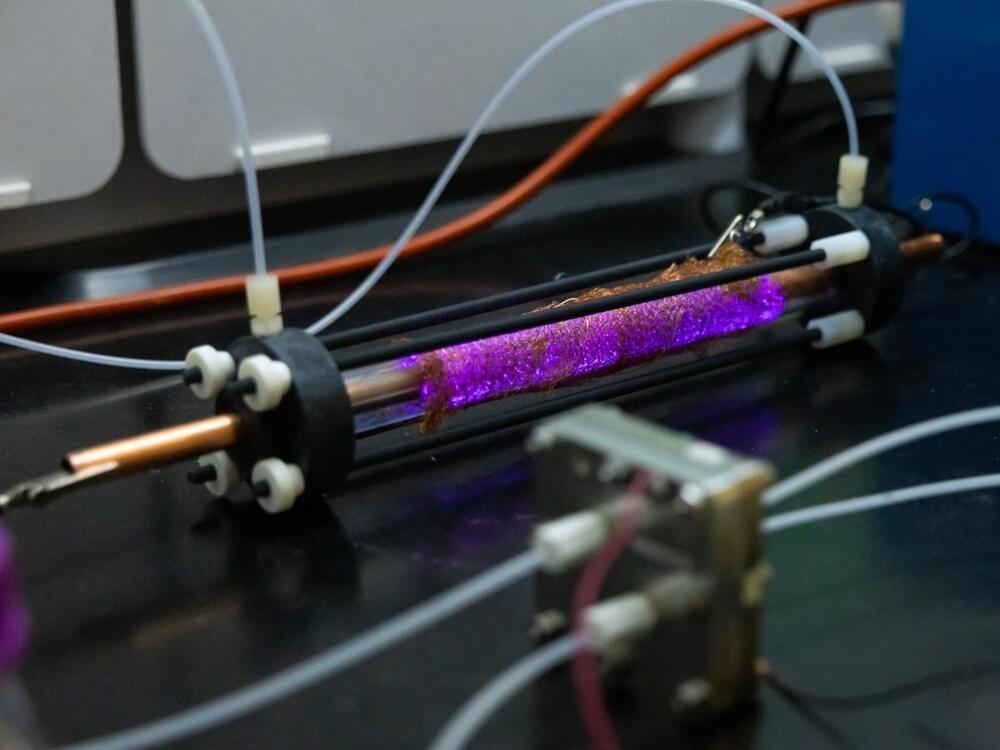

DGIST’s triple-layer solid polymer electrolyte battery improves safety, efficiency, and durability, addressing dendrite issues while retaining 87.9% performance after 1,000 cycles. It holds promise for diverse applications, including electric vehicles and energy storage systems.
A research team from DGIST’s Division of Energy & Environmental Technology, led by Principal Researcher Kim Jae-hyun, has developed a lithium metal battery using a “triple-layer solid polymer electrolyte.” This innovation significantly improves fire safety while extending the battery’s lifespan, making it a promising solution for applications in electric vehicles and large-scale energy storage systems.
Conventional solid polymer electrolyte batteries face challenges due to structural limitations that impede optimal contact between electrodes. These limitations fail to address the issue of “dendrites”—tree-like lithium formations that occur during repeated charging and discharging cycles. Dendrites pose a critical safety risk, as their irregular growth can damage battery connections and lead to fires or explosions.

Birds are the undisputed champions of epic travel, but they are not the only long-haul fliers. A handful of bats are known to travel thousands of kilometers in continental migrations across North America, Europe, and Africa. The behavior is rare and difficult to observe, which is why long-distance bat migration has remained an enigma.
Now, scientists from the Max Planck Institute of Animal Behavior (MPI-AB) have studied 71 common noctule bats on their spring migration across the European continent, providing a leap in understanding this mysterious behavior. Ultra-lightweight, intelligent sensors attached to bats uncovered a strategy used by the tiny mammals for travel: they surf the warm fronts of storms to fly further with less energy. The study is published in Science.
“The sensor data is amazing,” says first author Edward Hurme, a postdoctoral researcher at MPI-AB and the Cluster of Excellence Collective Behavior at the University of Konstanz. “We don’t just see the path that bats took, we also see what they experienced in the environment as they migrated. It’s this context that gives us insight into the crucial decisions that bats made during their costly and dangerous journeys.”